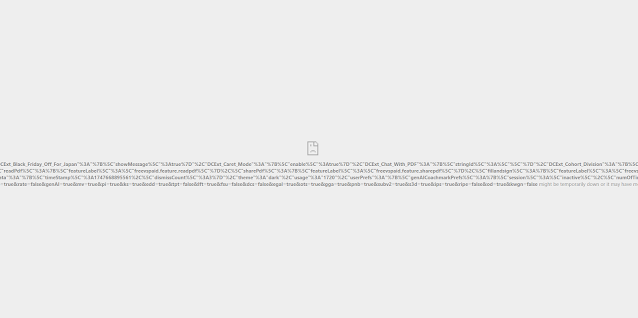I like meraki switches, they are easy to manage, troubleshoot, and diagnose problems. However one issue that recently occurred; which was quite odd where a switch in my meraki stack was showing ports as being blocked but were not. As shown in the image below, Ports 3, 4, 14 and 18 were showing as being disabled.
I reboot the switch (off hours of course!), tried changing ports for connected devices, changing RTSP and STP settings and it did not resolve the issues the switch was having. The switch continued to show with the rtsp forwarding was disabled on certain ports, stp discards and the dashboard display would not update. Though some ports did show rtsp forwarding properly when viewing the details some ports are stuck in a disabled state such as port 18 on the diagram above.
What did fix the issue was rebooting a root switch. As shown in the diagram below, I have the firewall going to a 1U switch, but then I have that switch going into a Meraki Stack. 
I rebooted each switch in the stack one at a time, but it didn't fix the issues with the switch in the stack. When I rebooted the root switch connected between the firewall, and the stack and the troublesome switch had updated it's dashboard and the non-working ports in the switch started working. Since meraki switches are pretty integrated it could be a pathing issue was resolved with the reboot of the root switch (even though technically in meraki software display the root switch was another switch). Having a defined layer 3 setup might have prevented this issue; as for now if your are encountering this kind of issue follow the pathing up the chain and out to the internet rebooting any switches that are along that chain.




